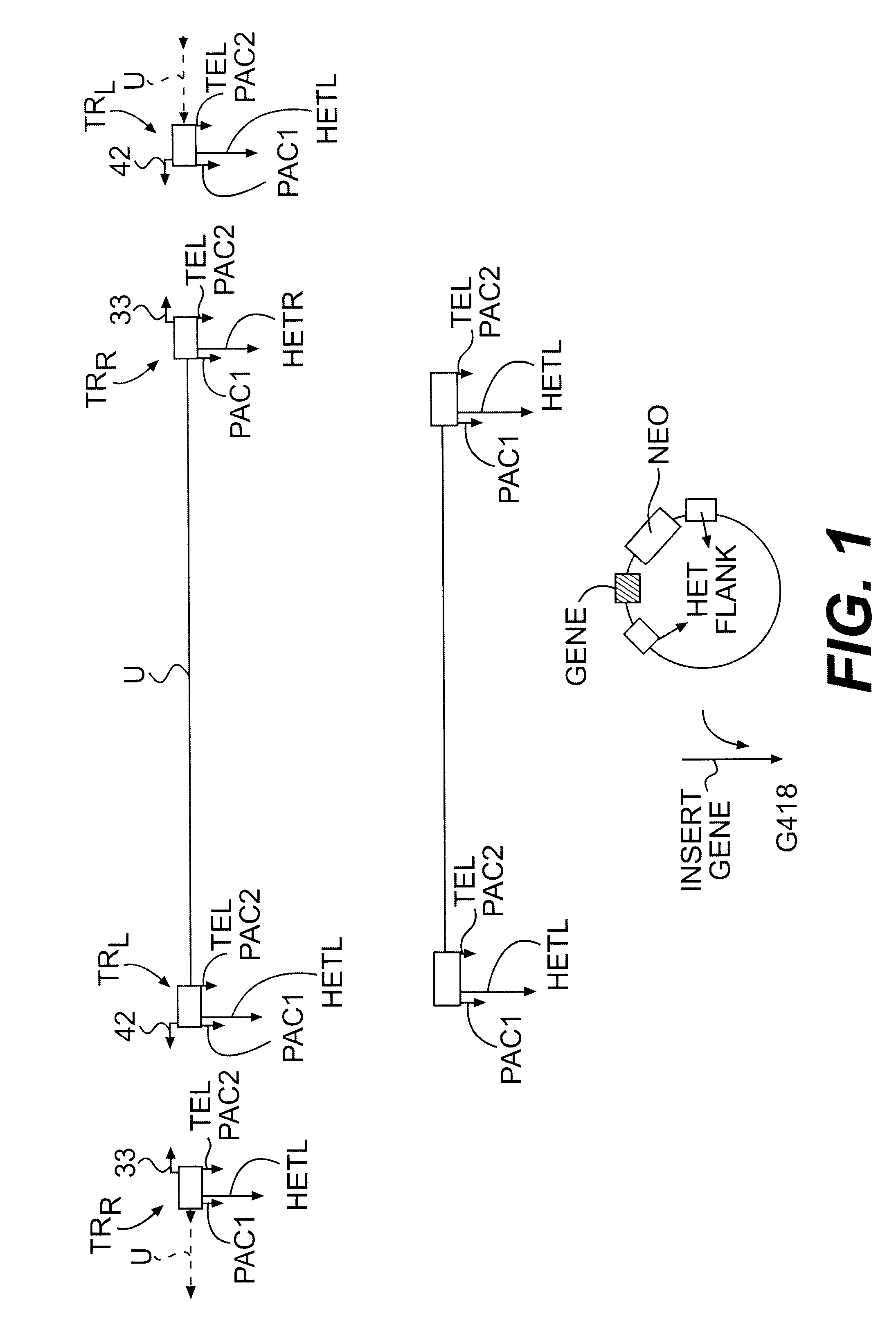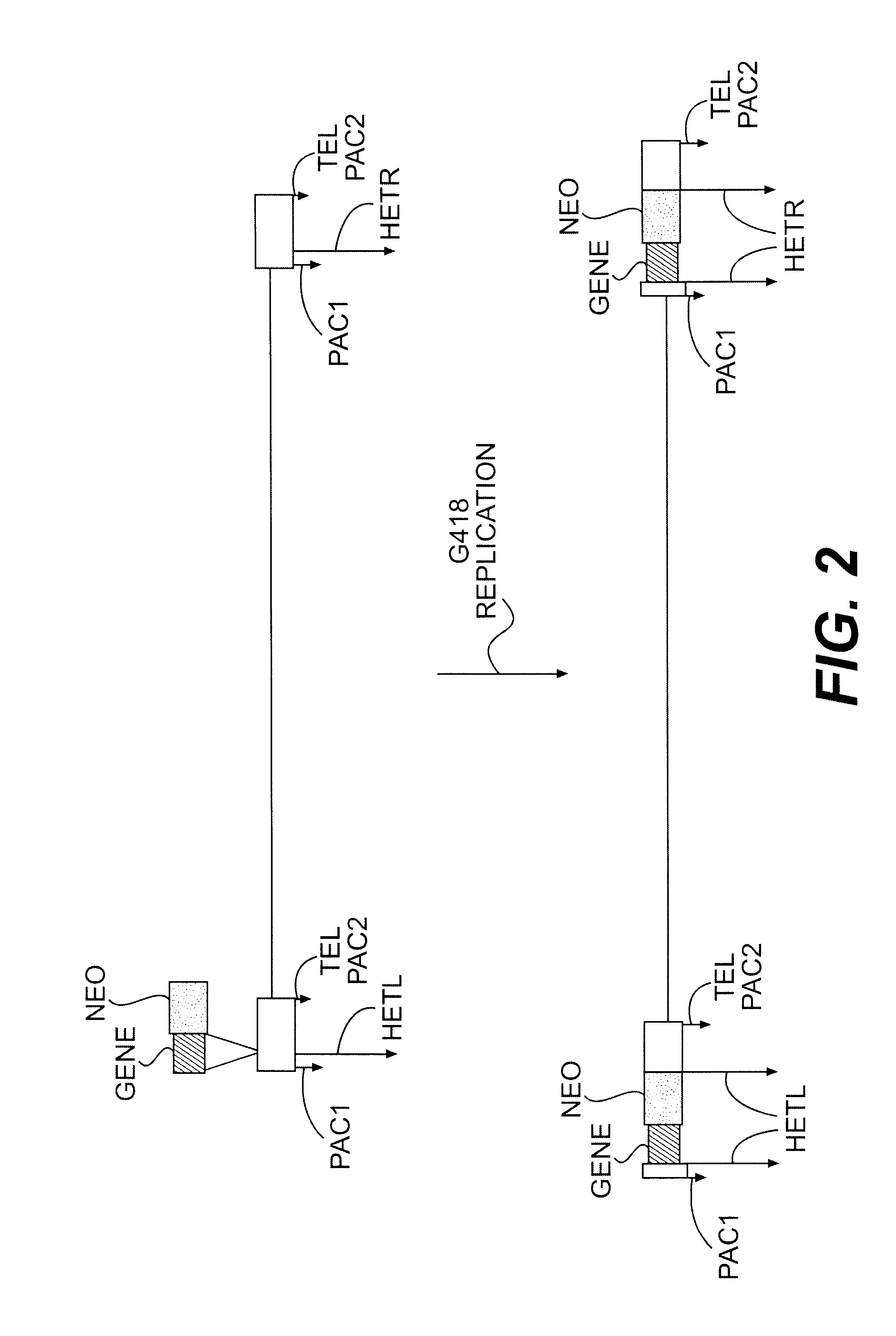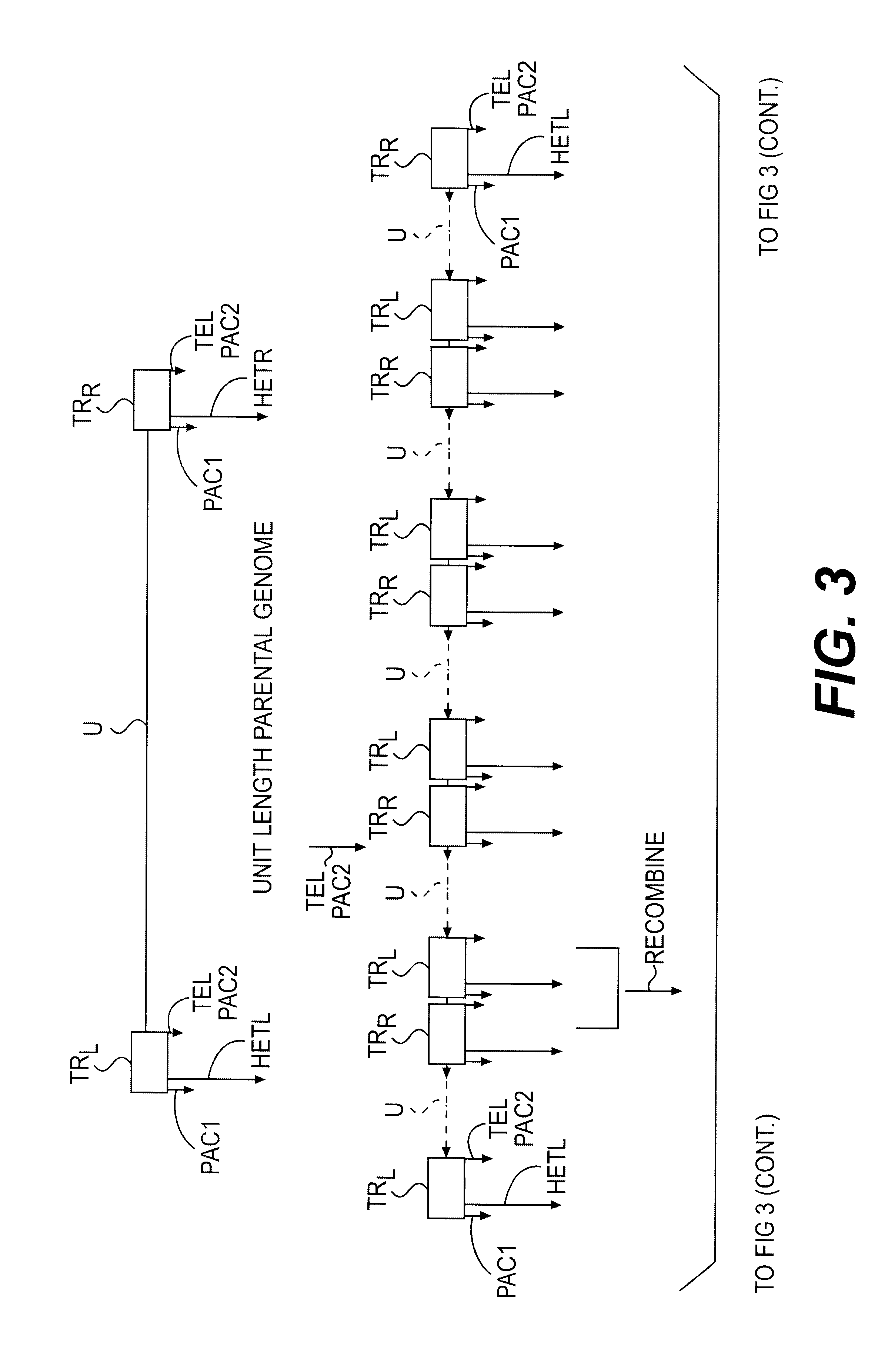Lymphotropic agents and vectors
a technology applied in the field of lymphotropic agents and vectors, can solve the problems that none of these vaccination approaches have been found effective, and achieve the effect of increasing the sensitivity of cells to chemotherapy
- Summary
- Abstract
- Description
- Claims
- Application Information
AI Technical Summary
Benefits of technology
Problems solved by technology
Method used
Image
Examples
example 1
HHV-7 is purified from infected cells, homogenized and centrifuged through dextran gradient. The resultant purified HHV-7 is cross-linked to magnetic beads and the beads carrying the HHV-7 are then incubated with each of the following cells:
(i) cells from a B cell line (e.g. Raji cells);
(ii) cells of the human cell line HeLa;
(iii) HeLa cells which were transfected with a CD4 gene and selected for expression of CD4; and
(iv) HeLa sells which were transfected with a CD8 gene and selected for expression of CD8.
As a control, HHV-6 virions bound to magnetic beads (as described above) are incubated with the above cells.
After washing, CD4.sup.+ cells, which are the HeLa cells transfected with the CD4 gene, remain bound to the magnetic beads by virtue of their binding to the HHV-7.
The binding of these cells to the HHV-7, can be inhibited by the use of anti-CD4 antibodies.
example 2
HHV-7 virions are radioactively labelled by infecting cells with HHV-7 and labelling them with S35 methionine. HHV-7 is extracted from the labelled cells, homogenized and centrifuged through dextran gradients. Magnetic beads are cross-linked with a CD4 protein or with soluble CD4 (sCD4) and the CD4-bound beads are incubated with the purified labelled HHV-7 virions.
Following incubation HHV-7 particles remain bound to the magnetic beads.
A non-ionic detergent NP40 is added to the beads-virion mixture to solubilize the envelope glycoproteins of the viruses. The beads are then washed and all virion proteins excluding the attached glycoprotein interacting with the CD4 receptor on the beads are washed away.
This glycoprotein is useful as a CD4-ligand of the invention.
example 3
CD4.sup.+ cells are purified from cord blood by methods known per se (Frenkel et al. 1990). The CD4.sup.+ cells are activated for a day with phytohemaglutinin (PHA) and interluken-2 (IL2). Following activation, the CD4.sup.+ cells are incubated for 20 minutes with anti-CD4 antibodies (e.g. anti-Leu3A) or with anti-CD8 antibodies (e.g. anti-Leu2A). Antibody concentrations have to be in the range of 0.01 .mu.g / ml to 5.0 .mu.g / ml. The CD4.sup.+ cells are then incubated with HHV-7 or HHV-6 in the presence of the antibodies. Viral infection of the cells is monitored by methods known in the art, e.g. cytopathic effect (CPE) immunofluorescence assay (IFA), polymerase chain (PCR) or hybridization with various probes (such as pNF 2001 or pNF 1010).
PUM
| Property | Measurement | Unit |
|---|---|---|
| concentrations | aaaaa | aaaaa |
| length | aaaaa | aaaaa |
| concentrations | aaaaa | aaaaa |
Abstract
Description
Claims
Application Information
 Login to View More
Login to View More - R&D
- Intellectual Property
- Life Sciences
- Materials
- Tech Scout
- Unparalleled Data Quality
- Higher Quality Content
- 60% Fewer Hallucinations
Browse by: Latest US Patents, China's latest patents, Technical Efficacy Thesaurus, Application Domain, Technology Topic, Popular Technical Reports.
© 2025 PatSnap. All rights reserved.Legal|Privacy policy|Modern Slavery Act Transparency Statement|Sitemap|About US| Contact US: help@patsnap.com



